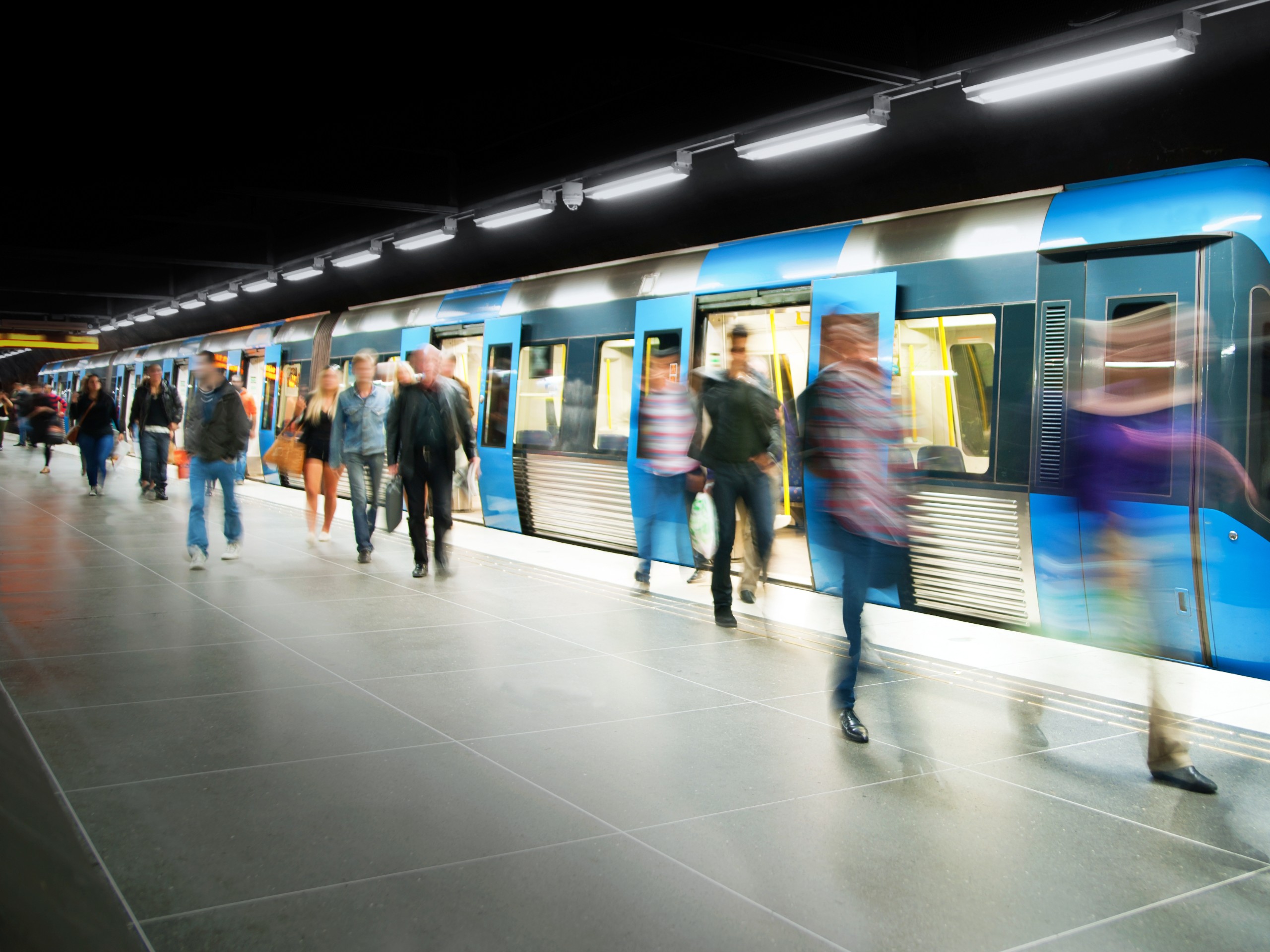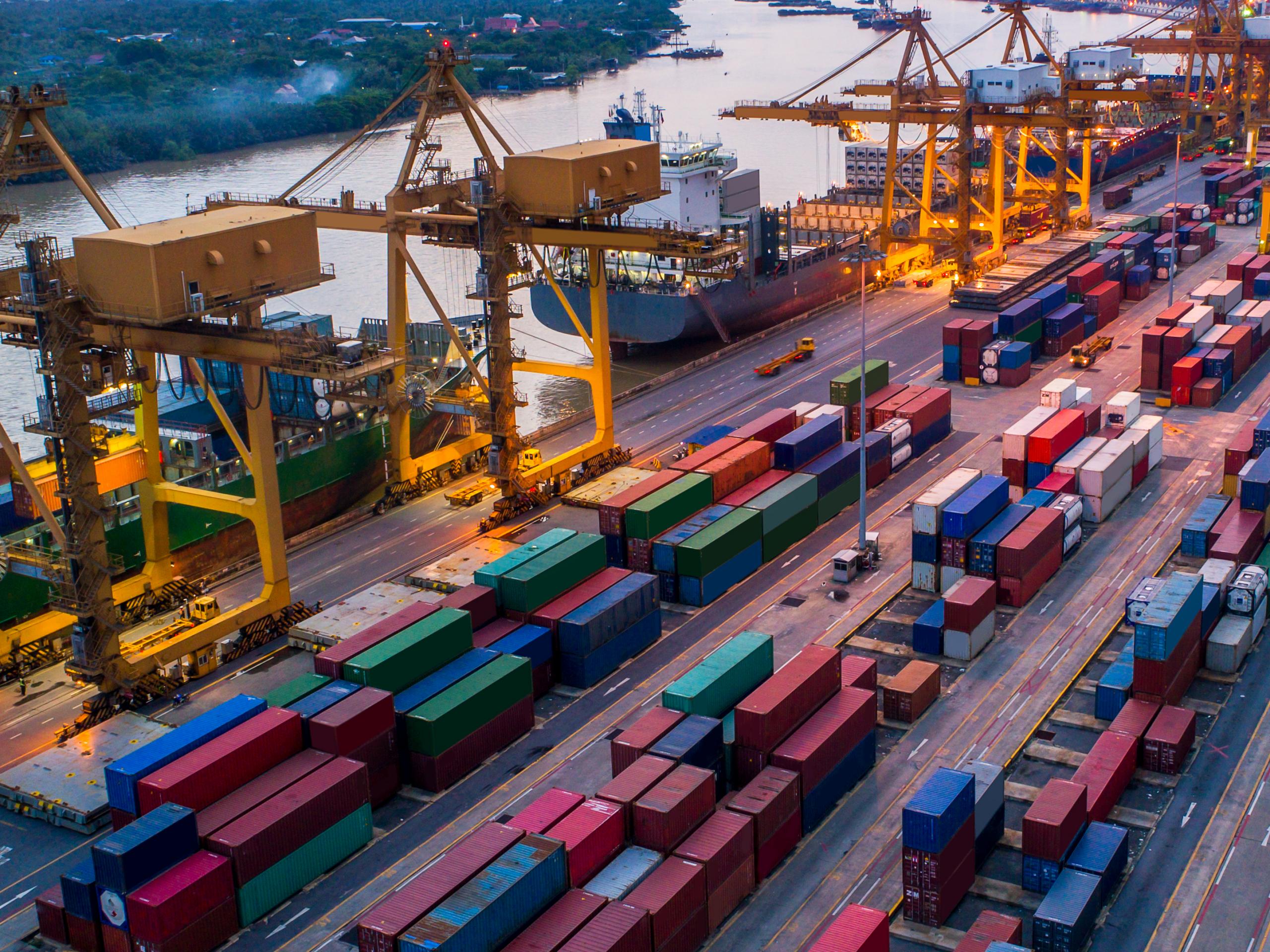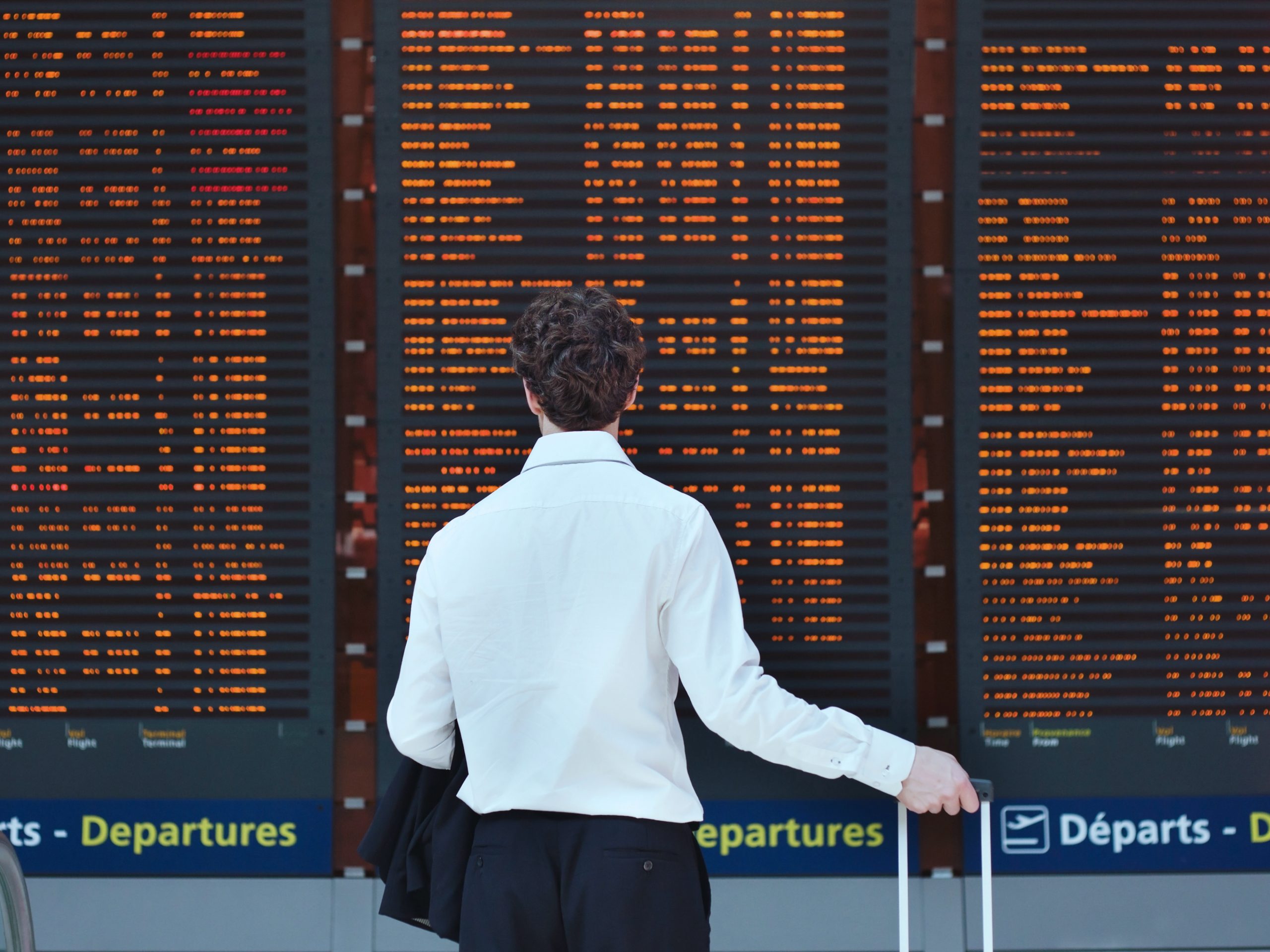Thanks to the partnership with ESTECO S.p.A., Lift has introduced optimization approaches within its business portfolio by integrating simulation models for the representation of transport phenomena with an external optimization tool based on genetic algorithms.
Thanks to the partnership with the company ESTECO S.p.A., Lift has started introducing optimization approaches within its business portfolio by integrating simulation models for the representation of transport phenomena with an external optimization tool based on genetic algorithms.
Interesting applications of the approach have been already successfully implemented to face the following issues:
The combination of the identification of the best optimization strategy with the availability of resources for parallel computing enables to tackle even quite relevant engineering problems within a period of time commensurate to the conventional operational needs for this kind of activities. Such methodology is likely to be assumed as the main novelty in the range of services offered by Lift.

The proposed optimization approach has been applied, as for example, to some rail metro networks allowing the concurrent minimization of two conflicting objectives, namely the travelling time and the energy consumption.
The result of such application has consisted in a proper space-speed diagram, which identifies all the different motion phases ensuring the lowest energy consumption and, simultaneously, the shortest travel time. The generated outcomes are graphically visualized by a chart representing the Pareto front of all possible optimal trade-off solutions.

In the intermodal context of seaports, the proposed optimization approach has been adopted to identify the best infrastructural and operational layout of the port railway network and, at the same time, to define the optimal operations model enabling to maximize port railway capacity.
Notably, the optimization approach has been applied to the case study of the Port of Trieste, which is the first Italian port both in terms of total annual throughput and of rail movements.
Selected References:
Port of Trieste (in joint venture with ESTECO S.p.A.)

Optimizing their speed-distance behaviour and diagram may lead to significant benefits in terms of cost reductions and transportation effectiveness.
In this project, thanks to the combination of OpenTrack and ModeFrontier, the set of optimal solutions has been determined that in the same time minimize travel time and energy consumption.
The most effective mix of acceleration, cruising, coasting and breaking stages has been identified according to line alignment and gradients also considering energy regeneration.

The approach considering the integration of pedestrian simulation models with optimization procedures has been applied to define the appropriate sizing of a metro station, with the aim of efficiently managing pedestrian flows within such facility.
In more recent times, the suggested approach has been used also to maximize the pedestrian outflow taking into account the limitations imposed by social distancing. In this latter case, the main railway operational features, like train arrivals and departures and their allowed capacity level, have been explicitly considered in the optimization problem.
Selected References:
Roma Ostiense station
Dynamic supportive planning interface
Roma Termini station
Fiumicino Airport

The integration between the suggested optimization procedures and the railway microsimulation software OpenTrack has enabled the definition of optimal train schedule drafts, not only on long single-track lines dedicated to freight transport but also in relation to potential passenger services on a double-track line where slow and fast railway services are alternated, as in the case of connecting big cities with their respective airport facilities.